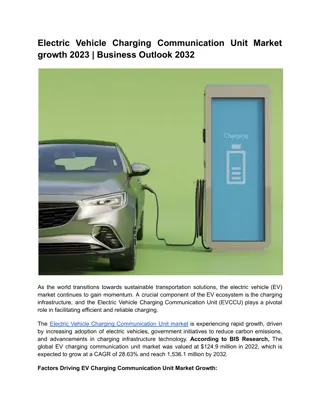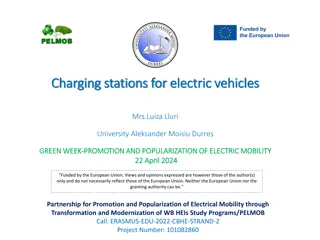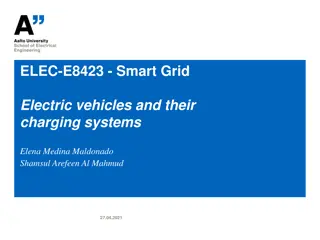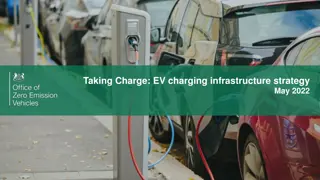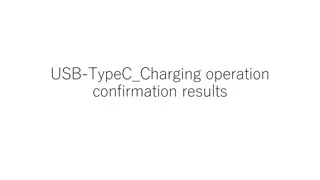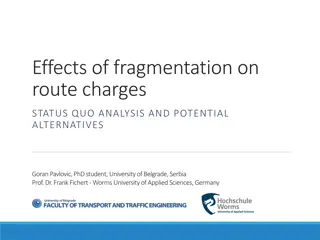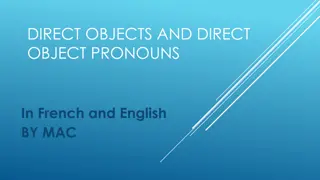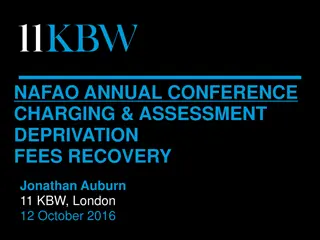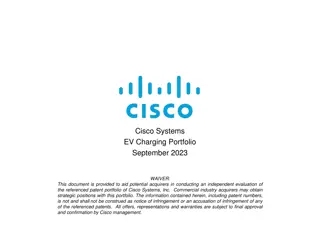Understanding Object Charging and Its Effects
Matter is composed of atoms with charged parts such as protons and electrons. By moving electrons, objects can be charged, leading to different types of charges - positive, negative, or neutral. Charged objects can interact with other objects based on their charges, attracting or repelling them. Grounding, conductors, and insulators play roles in how charges are distributed and interact in the environment.
Download Presentation

Please find below an Image/Link to download the presentation.
The content on the website is provided AS IS for your information and personal use only. It may not be sold, licensed, or shared on other websites without obtaining consent from the author. Download presentation by click this link. If you encounter any issues during the download, it is possible that the publisher has removed the file from their server.
E N D
Presentation Transcript
How can an object be charged and what affect does that charge have upon other objects in its vicinity?
What makes up all matter? What does it mean to be charged ? What are the (names &) methods of charging? What do charged objects do? What is GROUNDING? What are insulators & conductors?
Matter is made of ATOMS, which are made of Neutrons, Protons and Electrons Protons are assigned POSITIVE charge Electrons are assigned NEGATIVE charge Neutrons are uncharged Which has more charge? Which charges move to charge an object?
____________ are the charged parts of an atom _________ are the charged part of an atom that can be moved around. Why is there a difference?
Since only ELECTRONS move in any charging process NEGATIVELY charged objects have a(n)_____________ of electrons compared to protons. POSITIVELY charged objects have a(n)_____________ of electrons compared to protons. NEUTRAL objects have a(n)_____________ of electrons compared to protons.
Go to PCR Lesson 1b Answer CYU #1-5 (in your notes) Ask questions on any that confuse you
Two neutral objects: Two oppositely charged objects: Two like charges (same sign): One charged object will _________ a neutral object, IF the charged object can polarize the neutral object.
Two neutral objects: NO electrical interaction Two oppositely charged objects attract Two like charges (same sign) repel One charged object will attract a neutral object, IF the charged object can polarize the neutral object.
PCR Lesson 1c Answer CYU #1-8 (in your notes) Ask questions on any that confuse you
Friction: Rubbing different materials against each other (insulators work best) this separates negatives from positives Conduction: Contacting a charged object to (or near) a neutral object this shares the charge Induction multi-step process! More about that later
Friction: Rubbing different materials against each other (insulators work best) this separates negatives from positives Simply put, the property of electron affinity relative amount of love that a material has for electrons. electron affinity refers to the PCR Lesson 2a Answer CYU #1&3 (in your notes) Ask questions on any that confuse you
Conduction: Contacting a charged object to (or near) a neutral object this shares the charge PCR Lesson 2c Answer CYU #1-3 (in your notes) Ask questions on any that confuse you
This term is used for the process that un- charges a charged object. It is performed by contacting a charged object to an object that can give, OR receive ___________ charges, so that the initially charged object is made neutral.
Structure of Matter Neutral vs Charged Charging Methods Charge interactions Grounding Conductors, Insulators
A good CONDUCTOR allows negative charges to travel around through the material making up the conductor, with very little electrical RESISTANCE. A good INSULATOR makes it very hard for negative charges to travel around through the material making up the insulator. These have a lot of electrical RESISTANCE. A SUPERCONDUCTOR is a material that allows negative charges to flow through it without any electrical RESISTANCE. A semi conductor has a lot of RESISTANCE up to a point, then vary little after that. It acts as a gate.
1. Charge the rubber stick with the fur. Bring the stick near (but not within 1 of) the top of the electroscope. Record what you observe. 2. Contact the stick and the top of the scope and remove the stick. Record what you observe. 3. Rub the glass with the cloth. Bring the glass stick near (but not within 1 of) the top of the electroscope. Record what you observe. 4. Ground the scope by touching it on the top with your finger. Now repeat step 3. Record what you observe.
Read lesson 2b, record FOUR steps that describe this process In terms of the sign of the charges, compare the sign of the two objects involved Go and use the black stick, charged by the rabbit fur to charge your electroscope by INDUCTION
The concept of a field scientists to explain the surprising force phenomenon that occurs in the absence of physical contact. field is utilized by
The field lines are really arrows that show the direction of force on a positive test charge, and show field strength by how closely the lines are spaced
Electric Field Lines for Two (different, isolated) Point Charges
Skim PCR Static electricity 4C, and complete the CYU questions Complete WS on Electric Fields Play Electric Field Hockey Google Phet, go to play with sims, Physics, electricity
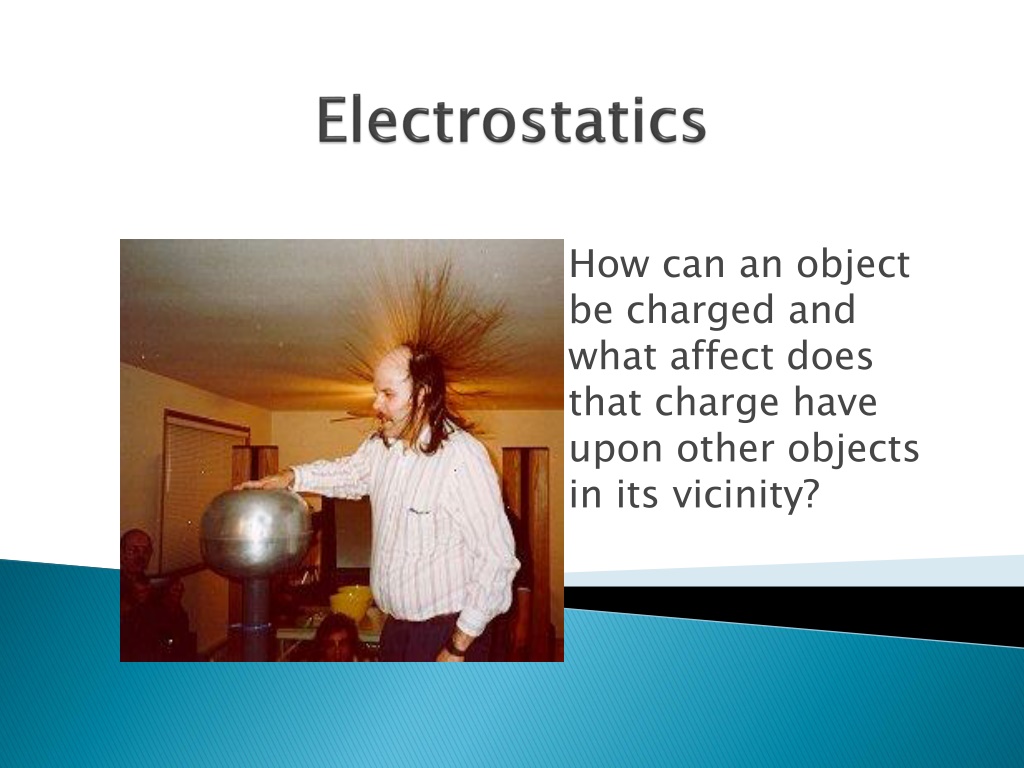


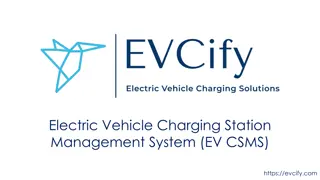


![Long-Range Wireless Charging Market Report & Analysis _ BIS Research [2024-2035]](/thumb/87166/long-range-wireless-charging-market-report-analysis-bis-research-2024-2035.jpg)




